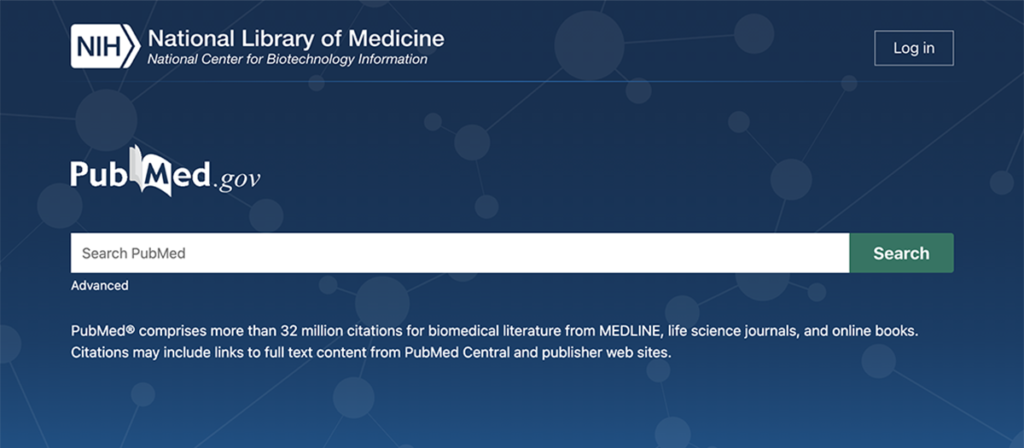Conducting strong research is the foundation of any well-written report, dissertation, or thesis. A critical element of this process is selecting the appropriate research methodology. This article delves into the two primary approaches for gathering data: quantitative and qualitative research.
Quantitative Research: The Realm of Numbers
Quantitative research thrives on collecting numerical data. This information is often presented in graphs and tables, allowing researchers to confirm existing theories or assumptions. Here are some prominent methods used in quantitative research:
- Surveys: Questionnaires with multiple-choice or rating options, administered online, via phone, or in person.
- Experiments: Controlled environments where variables are manipulated to establish cause-and-effect relationships.
- Existing Data Analysis: Utilizing data from credible sources like publications or archives.
- Observation: Studying people in their natural environments, although external factors can’t be controlled.
- Content Analysis: Systematically recording the presence of specific words or phrases to analyze communication patterns.
When employing quantitative methods, it’s essential to include details in your report about data preparation, statistical analysis software used (like SPSS or Stata), and the specific statistical methods applied (e.g., regression analysis).
Qualitative Research: Unveiling Thoughts and Experiences
Qualitative research delves into the subjective world of human experience. It aims to understand people’s thoughts, concepts, and experiences through various techniques:
- Interviews: Asking open-ended questions to gather in-depth responses from participants. Details on how interviews were conducted (structured, semi-structured, etc.) and how data was recorded (audiovisual or note-taking) should be included in your report.
- Focus Groups: Gathering opinions through facilitated discussions with a small group of people.
- Case Studies: Conducting an in-depth investigation of a specific event, organization, person, or group. The selection process for case study materials and how they were collected should be explained.
- Literature Review: A comprehensive analysis of published works by other researchers relevant to your topic.
Qualitative data analysis involves examining images, language, and observations, often through methods like:
- Content Analysis: Discussing and categorizing the meaning of words, phrases, and sentences.
- Thematic Analysis: Identifying and analyzing recurring themes and patterns within the data.
- Discourse Analysis: Examining communication and its purpose in a social context.
The Power of Combining Methods: Mixed Methods Approach
In some instances, researchers might choose a mixed methods approach, which incorporates both quantitative and qualitative methods. This strategy can offer a more well-rounded analysis by providing both numerical data and in-depth understanding.
Choosing the Right Tool for the Job
A helpful rule of thumb for selecting a research method is to consider your research objective:
- Confirmation or Testing: If you aim to confirm a theory or hypothesis, quantitative research with its statistical analysis is likely the better choice.
- Exploration and Understanding: If you seek to understand concepts, thoughts, or experiences, qualitative research with its focus on in-depth exploration is more suitable.
Ultimately, the most appropriate research method depends on various factors, including your research question, whether you’re taking an inductive or deductive approach, the type of research (experimental, correlational, or descriptive), and practical considerations like time, budget, and data availability.
Making Your Research Rigorous: Justification and Clarity
Remember, simply describing the methods you used isn’t enough. You need to demonstrate why and how you applied them, showcasing the rigor of your research. Effectively convince your reader why you chose a particular method (qualitative or quantitative) and how it aligns with your research objectives. Furthermore, ensure your chosen approach clearly addresses the research question and the problem statement you’re investigating. Always strive to connect your methodological choices back to the main purpose of your dissertation or report throughout the relevant section.
By understanding these core concepts and carefully selecting the most suitable research methodology, you can ensure your report, dissertation, or thesis is built on a solid foundation.


